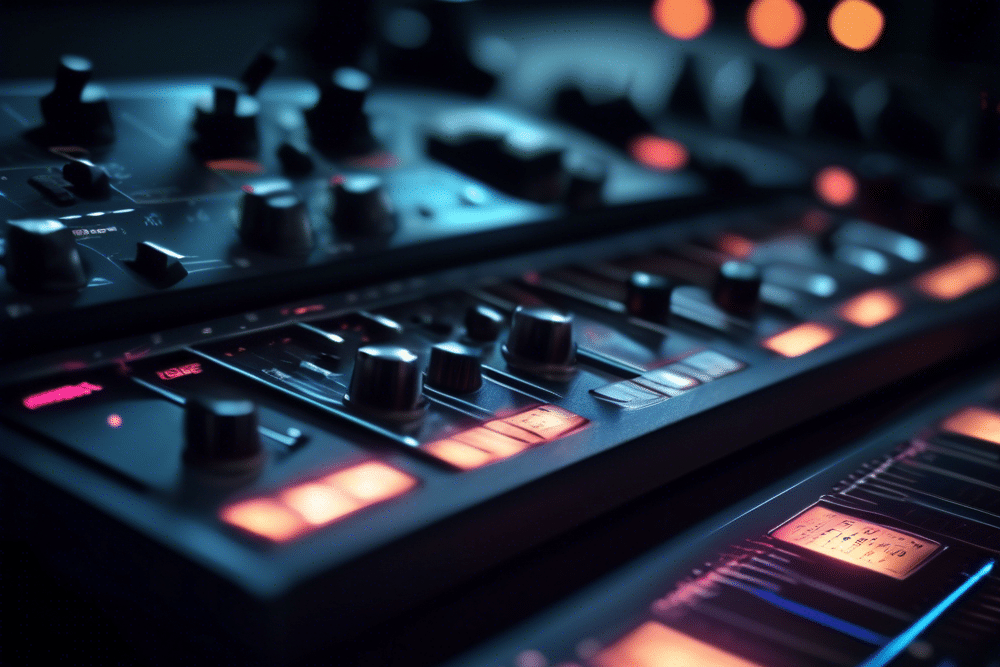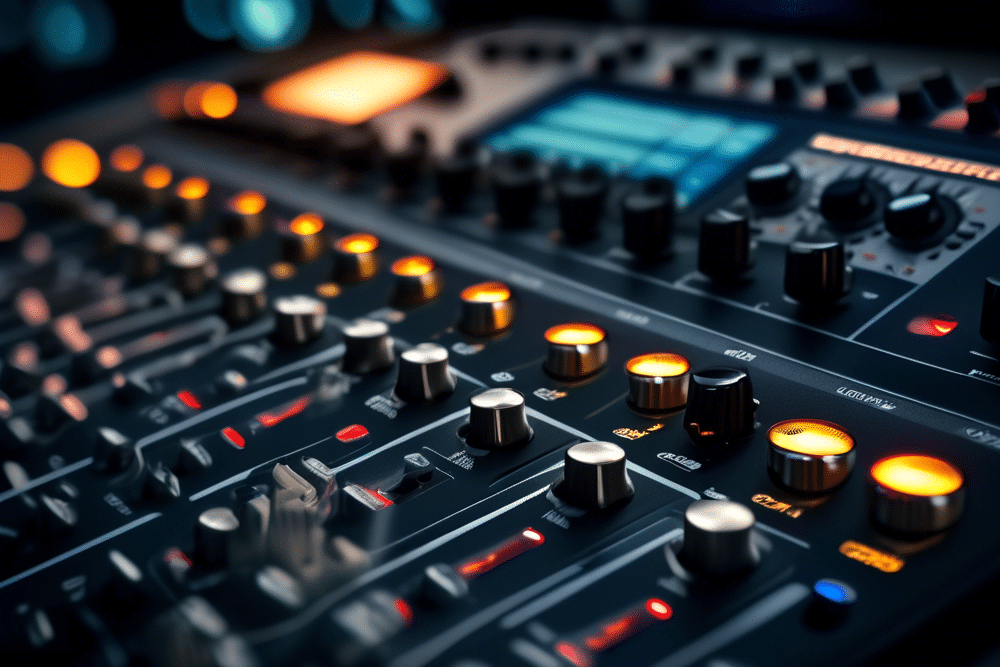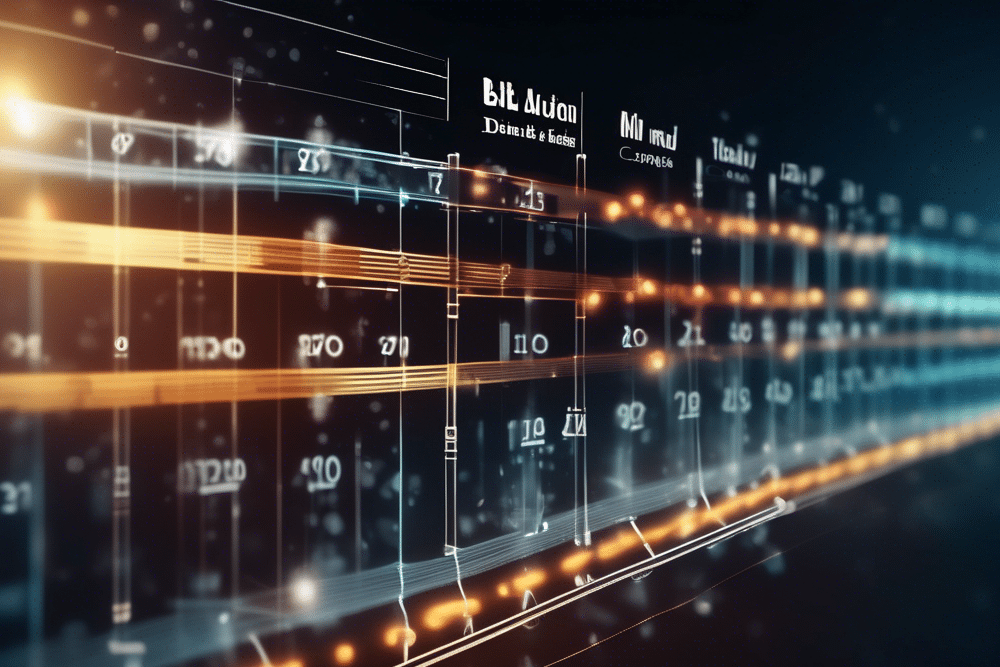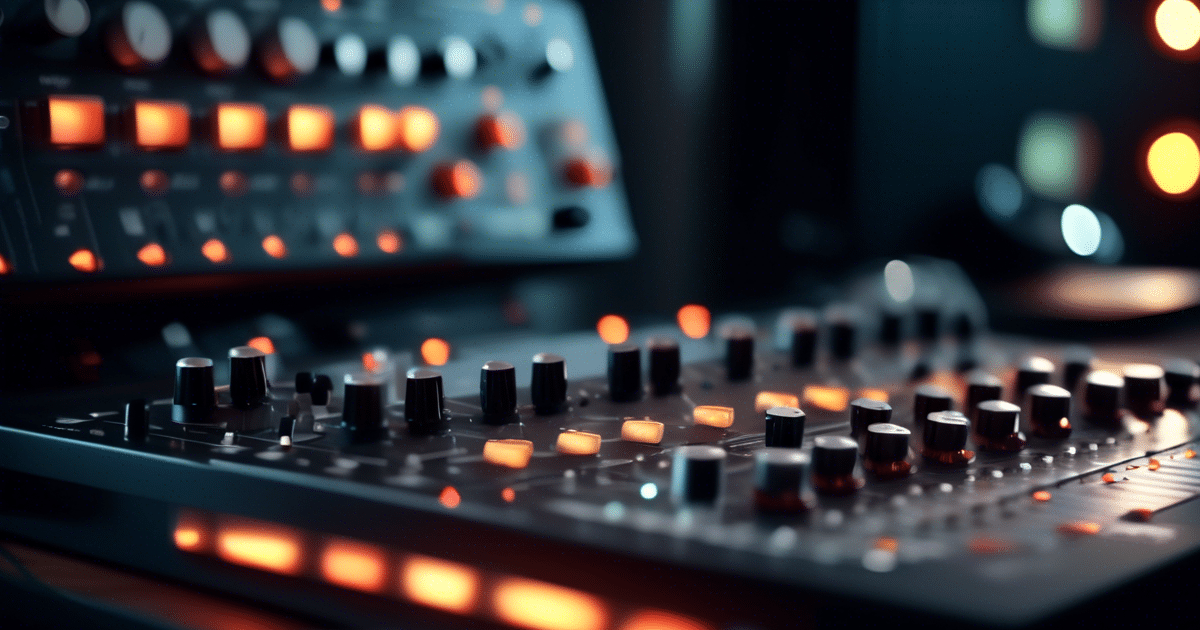Estimated reading time: 9 minutes
Are you ready to dive into the world of wobbling basslines, intense drops, and earth-shaking beats? Welcome to our comprehensive dubstep tutorial! Whether you’re a beginner just starting out or an intermediate producer looking to refine your skills, this guide will take you through everything you need to know about creating mind-blowing dubstep tracks. So, fire up your DAW, put on your headphones, and let’s get started on this exciting journey into the realm of dubstep production!
Table of contents
- Understanding the Basics of Dubstep
- Setting Up Your DAW for Dubstep Production
- Crafting the Perfect Dubstep Drum Pattern
- Mastering the Art of Dubstep Bass
- Dubstep Synth Layering: Creating Rich, Full Sounds
- Crafting the Perfect Dubstep Drop
- Dubstep Build-up Techniques
- Dubstep Mixing Techniques
- Dubstep Sound Design: Creating Unique Textures
- Arranging Your Dubstep Track
- Finishing Touches: Mastering Your Dubstep Track
- Video: Dubstep Tutorial In Ableton by BassGorilla
- Conclusion: Your Dubstep Production Journey
- FAQs
Understanding the Basics of Dubstep
Before we jump into the nitty-gritty of dubstep production, let’s take a moment to understand what makes dubstep, well, dubstep.
What is Dubstep?
Dubstep is a genre of electronic dance music that originated in the early 2000s in South London. It’s characterized by its heavy bass lines, syncopated rhythms, and a tempo typically around 140 beats per minute. The genre has evolved over the years, incorporating elements from other electronic music styles and continually pushing the boundaries of sound design.
Key Elements of Dubstep
- Heavy, wobbling basslines (often referred to as “wobbles” or “wubs”)
- Half-time drum patterns
- Syncopated rhythms
- Intense drops
- Atmospheric and spacious breakdowns
- Complex sound design and layering
Now that we’ve covered the basics, let’s dive into the actual production process.
Setting Up Your DAW for Dubstep Production
The first step in your dubstep production journey is setting up your Digital Audio Workstation (DAW). While you can create dubstep in any DAW, some popular choices among dubstep producers include Ableton Live, FL Studio, and Logic Pro.
Essential Plugins for Dubstep Production
To get started, you’ll need a few essential plugins:
- A powerful synthesizer (e.g., Serum, Massive, or Sylenth1)
- A robust EQ plugin
- A quality compressor
- A limiter for mastering
- Various effects plugins (reverb, delay, distortion, etc.)
Remember, while having good plugins is important, it’s your skills and creativity that truly matter. Don’t get caught up in the “gear acquisition syndrome” – focus on mastering the tools you have first.
Crafting the Perfect Dubstep Drum Pattern
The backbone of any good dubstep track is its drum pattern. Let’s break down how to create that signature dubstep beat.
The Basic Dubstep Beat
- Start with a kick on the first beat of each bar.
- Add a snare or clap on the third beat.
- Fill in with hi-hats, typically on the off-beats.
This basic pattern creates the half-time feel that’s characteristic of dubstep. But don’t stop there – experiment with additional percussion elements like rides, crashes, and foley sounds to add texture and interest to your beat.
Programming Drum Fills
Drum fills are crucial for transitioning between different sections of your track. Try programming fills that build tension before the drop or add variation to your main beat. Experiment with glitch effects, pitch shifts, and rapid drum rolls to create exciting and unexpected fills.
Mastering the Art of Dubstep Bass
Now, let’s get to the heart of dubstep: the bass. Creating that signature wobble bass is a crucial dubstep production tip that every producer needs to master.

Creating a Basic Wobble Bass
- Start with a simple sine or square wave.
- Apply an LFO (Low-Frequency Oscillator) to the wavetable position or filter cutoff.
- Sync the LFO rate to your track’s tempo.
- Experiment with different LFO shapes and rates to create various wobble patterns.
Advanced Bass Techniques
To take your bass sounds to the next level, try these techniques:
- Layer multiple synths to create complex, rich bass tones.
- Use FM synthesis to create harsh, metallic bass sounds.
- Experiment with different effects like distortion, bitcrushing, and formant filters.
- Automate parameters like pitch, filter cutoff, and effect wet/dry levels for dynamic bass lines.
Remember, the key to great dubstep bass is experimentation. Don’t be afraid to try out wild combinations of sounds and effects – you never know what might become your signature sound!
Dubstep Synth Layering: Creating Rich, Full Sounds
Layering is a crucial technique in dubstep production. It involves combining multiple synth sounds to create a rich, full texture that can cut through the mix and captivate listeners.
Tips for Effective Synth Layering
- Start with a main synth that carries the core of your sound.
- Add a sub-bass layer to reinforce the low end.
- Include a mid-range layer for body and presence.
- Consider adding a high-frequency layer for brightness and air.
- Use different synthesis techniques for each layer (e.g., wavetable, FM, additive) to create a more complex overall sound.
Remember to EQ each layer carefully to avoid frequency clashing and ensure a clean, powerful sound.
Crafting the Perfect Dubstep Drop
The drop is the climax of a dubstep track – it’s what listeners eagerly anticipate. Let’s explore how to create a drop that will blow your audience away.
Elements of a Powerful Drop
- A strong, punchy kick drum
- Heavy, rhythmic bass
- Intense synth leads
- Impactful snares or claps
- Rhythmic fills and percussion
- Atmospheric effects (risers, impacts, etc.)

Building Tension Before the Drop
Creating tension before the drop is crucial for maximizing its impact. Try these techniques:
- Use risers and uplifters to build anticipation.
- Gradually remove elements from the mix, creating a sense of space.
- Automate filters to create a “closing in” effect.
- Use stutters and glitch effects to create rhythmic tension.
- Incorporate a drum fill or roll right before the drop.
Dubstep Build-up Techniques
A great build-up is essential for creating anticipation and energy in your track. Here are some effective build-up techniques:
- Gradually introduce new elements: Start with a simple beat and progressively add new sounds and layers.
- Use pitch risers: Create a sense of rising tension by automating the pitch of synths or effects upwards.
- Increase rhythmic intensity: Gradually introduce faster hi-hat patterns or more complex drum fills.
- Automate filter sweeps: Slowly open up a low-pass filter on your main elements to create a sense of growing energy.
- Incorporate white noise swells: Use automated white noise to create a sense of rising tension.
- Add tension-building effects: Use reverse cymbals, impact sounds, or other FX to signal the approaching drop.
Remember, the key to a great build-up is gradual progression. Start subtle and increase the intensity over time.

Dubstep Mixing Techniques
Mixing is crucial in dubstep production. A well-mixed track ensures that all elements are clear and impactful. Here are some essential dubstep mixing techniques:
EQ Tips for Dubstep
- High-pass your non-bass elements to make room for the low end.
- Use a spectrum analyzer to identify and cut problematic frequencies.
- Boost the high-mids of your snares and claps for extra punch.
- Be careful not to over-EQ – sometimes less is more.
Compression in Dubstep
- Use sidechain compression to duck other elements when the kick hits.
- Apply multiband compression to your bass to control different frequency ranges independently.
- Don’t overcompress – maintain some dynamic range for impact.
Creating Space in Your Mix
- Use reverb and delay sparingly – too much can muddy your mix.
- Pan less important elements to the sides to create width.
- Use stereo imaging techniques to widen your synths and effects.
Dubstep Sound Design: Creating Unique Textures
Sound design is where you can really let your creativity shine. Here are some techniques to create unique dubstep sounds:
Resampling
Record your synth or bass sounds and manipulate the audio file. Try:
- Reversing parts of the sound
- Applying extreme time-stretching
- Chopping and rearranging the audio
Layering Unconventional Sounds
Experiment with layering non-musical sounds into your synths or basses. Try:
- Recorded foley sounds
- Animal noises
- Industrial or mechanical sounds
Modulation Madness
Use complex modulation routings in your synths. Try:
- Modulating one LFO with another
- Using envelopes to control effect parameters
- Creating random modulation with sample and hold
Arranging Your Dubstep Track
A well-arranged track keeps listeners engaged from start to finish. Here’s a typical dubstep arrangement:
- Intro (16-32 bars)
- Build-up (16-32 bars)
- Drop (32-64 bars)
- Breakdown (16-32 bars)
- Second Build-up (16-32 bars)
- Second Drop (32-64 bars)
- Outro (16-32 bars)
Remember, this is just a guideline. Feel free to experiment with different arrangements to keep your tracks fresh and exciting.
Finishing Touches: Mastering Your Dubstep Track
Mastering is the final step in the production process. While professional mastering is often recommended, here are some tips for basic mastering:
- Use a limiter to increase the overall volume of your track.
- Apply subtle EQ to balance the frequency spectrum.
- Use multiband compression to control different frequency ranges.
- Add a touch of stereo widening for a more expansive sound.
- Compare your track to professional references to ensure it’s competitive in terms of loudness and balance.
Video: Dubstep Tutorial In Ableton by BassGorilla
Conclusion: Your Dubstep Production Journey
Congratulations! You’ve made it through our comprehensive dubstep tutorial. Remember, becoming a skilled dubstep producer takes time, practice, and lots of experimentation. Don’t be discouraged if your first tracks don’t sound like professional releases – every producer starts somewhere.
Keep these key points in mind as you continue your dubstep production journey:
- Focus on mastering the fundamentals before moving on to advanced techniques.
- Experiment constantly – try new things and push the boundaries of your sound.
- Listen critically to professional tracks and try to reverse-engineer sounds you like.
- Collaborate with other producers to learn new techniques and perspectives.
- Most importantly, have fun! Dubstep is all about creativity and expression.
Now it’s time to put these dubstep production tips into practice. Fire up your DAW, start experimenting with these techniques, and most importantly, let your creativity flow. Who knows? Your next track might be the one that takes the dubstep world by storm. Happy producing!
Related Posts
FAQs
Dubstep typically runs around 140 BPM, often with half‑time drum patterns to create that signature heavy feel.
Popular choices include Xfer Serum, Native Instruments Massive, and Sylenth1, each offers flexible LFO routing for wobble effects.
Use risers, filter sweeps, white‑noise swells, and drum rolls; gradually strip elements away to heighten anticipation.
Sidechain compression—duck the bass slightly when the kick hits, so both elements remain punchy and clear.
No, stock DAW synths and effects can achieve great results. Focus first on technique; you can upgrade plugins later.
